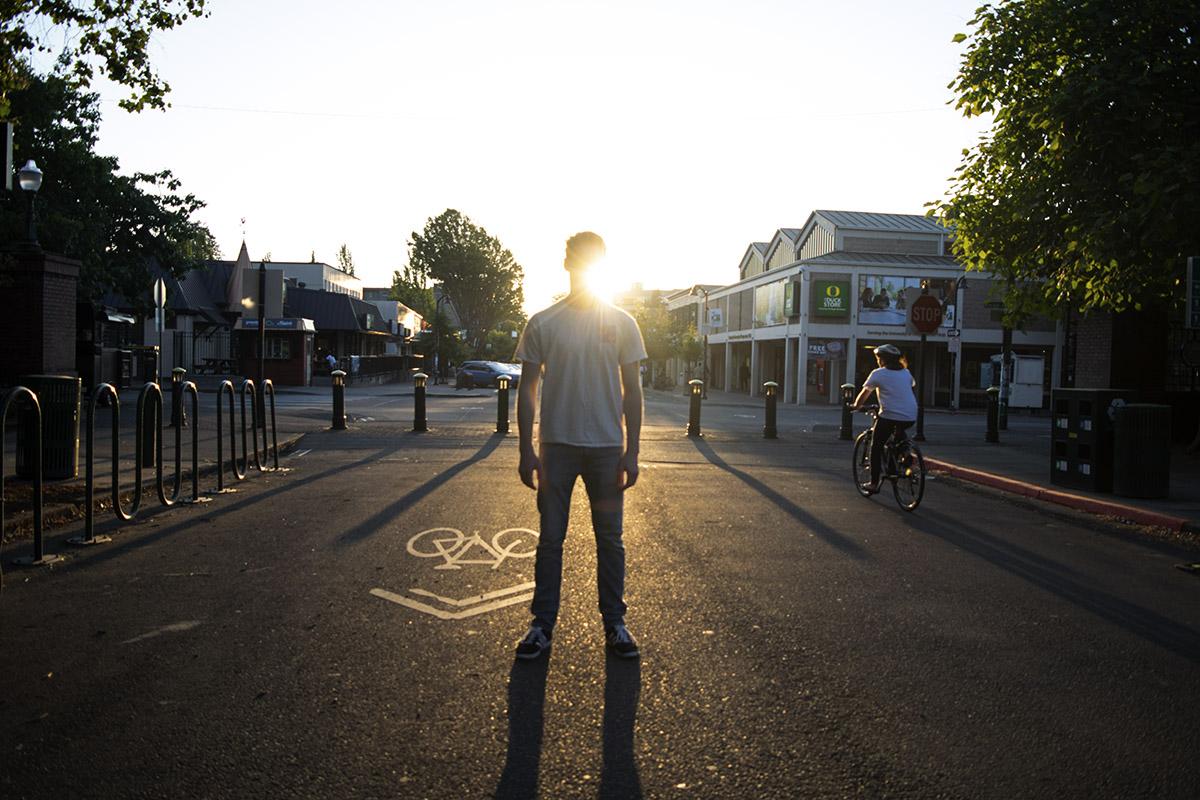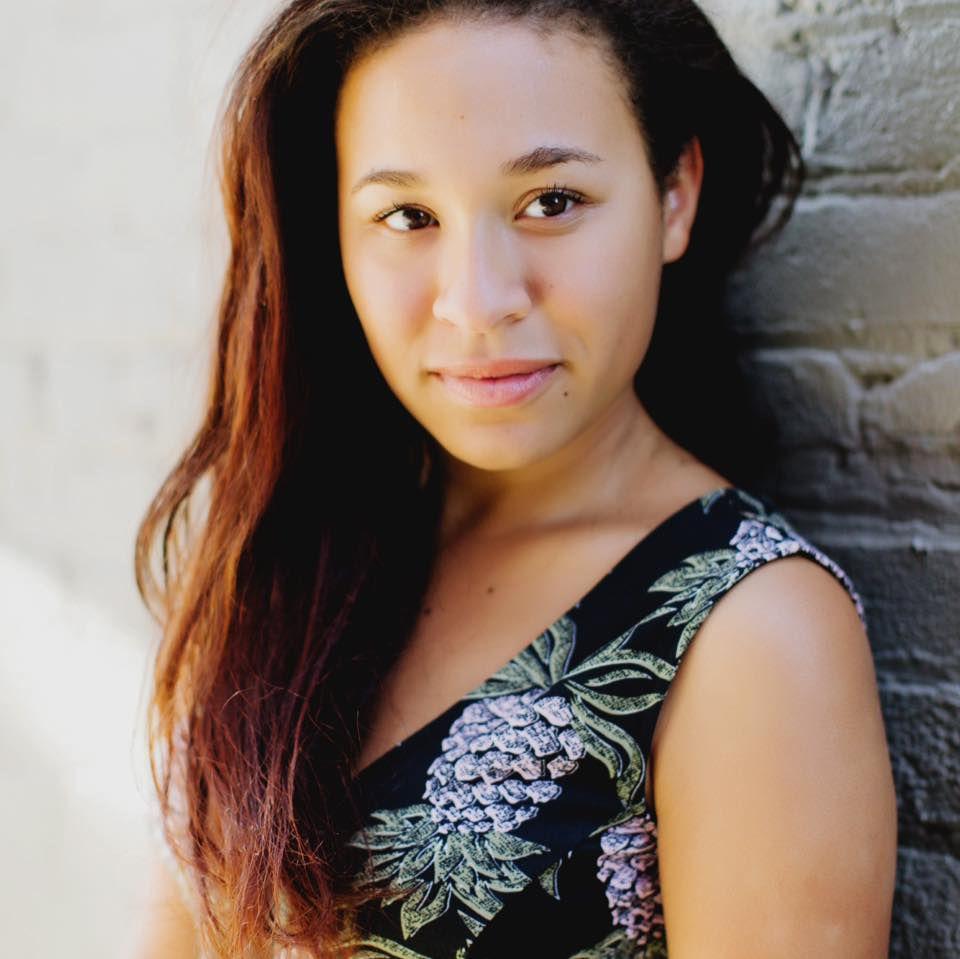Emerson, Manitoba: a town comprised of less than 700 people and flat as a board with swaths of tundra, is more of a place people pass through than stop and take notice of. The Pembina-Emerson Border Agency, located just a mile from city hall, is the second busiest crossing point between the U.S. and Canada border west of the Great Lakes and only a one hour drive to Winnipeg, the capital and largest city in the province.
Emerson’s downtown consists of a mini-mart, a body shop, a dilapidated motel — favorited by truckers — and several vacant shops left rusting and frosted over with snow that sticks until May most years. Propped against a boarded-up, long-ignored brick building is a small square shop with the words “Art Studio” pasted above the wooden doorway. Just on the other side of its large sash windows, tropical plants heave fan-like leaves toward the glass, and pom-poms of bright flowers light like fireworks in contrast to the snow outside.
Just beyond the small jungle, under the amber light of the studio, sits Sharon Cory, a local painter with a frizz of grey hair and hard, piercing blue eyes. They are poised tightly on a canvas that’s been muddled with acrylics of various colors and haywires of fine, dark lines. There’s no distinct image, only implications of bodies and hints at faces. She scans over it, pupils widening as her eyes match the top left corner of the canvas. “This is our world here full of color and culture and everything exciting happening, but just across the other side of that wall, a man is carrying his child to safety,” she says. “Underneath this dappled light of the trees, the blue represents the spirits of the people who are dead.”
Hers is an abstract approach, in which she treats her work as a process of subconscious influence, evoking emotion and notions through color, lines, and tone. “You cover the whole canvas with paint,” she explains. “You’re not trying to make sense of it. And then I look for something. If it’s bothering me, I’m going to look for it in here.”
She says she often draws inspiration from media coverage of refugee conflicts in Syria or Europe that she sees on Facebook or on television. Her work is a visual, subconscious response to the emotions evoked by deeply vivid depictions of the destroyed homes in Aleppo or sunken migrant ships in the Mediterranean. “It’s a great way to paint because I’m not pushing my feelings into anybody’s face,” she says. “I’m letting them absorb what I’m feeling.”
Cory is Lebanese. Her grandparents came to the U.S. as refugees immediately after WWII. “Lebanese are everywhere,” she says. Her ancestors were Phoenicians, artisans who built their lives on sailing the world for commercial trade. She says it is this heritage that imbues in her a sense of duty to help those who are far from their native homes. When Syrian refugees first entered Canada in 2015, she taught English to some of the families brought to Winnipeg. After speaking with them about their lost homes and loved ones, Cory processed their stories in her studio like a Modernist poet, melding the imagery of a family’s suffering with her own pain at hearing such tragedies. “I try and imagine what they’ve been through and the turmoil that their lives have become,” she says of the people depicted in the pieces.
The paintings are now part of a series entitled “Raise the Tents of Shelter” that explores themes of loss, fear, and a yearning for home in the wake of violence. Cory especially laments the suffering of displaced youth, titling many of the paintings after quotes from migrant children who have been interviewed by aid workers and journalists during their voyages to safety. Most quotes, such as “I want to be safe” and “I want to go home,” depict the bluntness of the children’s yearning for a better life.
Recently, Cory has focused the series on a migrant crisis unfurling in her own backyard. Since fall of 2016, Emerson has become an increasingly popular destination for international asylum-seekers fleeing the U.S. for a chance at a better life in Canada. A loophole in the Safe Third Country Agreement signed by the U.S. and Canada in 2002 allows the refugees who have attempted to claim asylum in the States — most of them from Ghana, Libya, Somalia, and Ethiopia — to reapply for asylum in Canada once they’ve crossed the border. But there’s a catch: They have to do so illegally.
A steady stream of migrants have trickled illegally from the U.S. into Canada for years. The two countries first signed the Safe Third Country Agreement mostly as a way to assuage the number of these double-claimants. But the recent outpouring into Canadian border towns like Emerson poses heightened challenges to organizations within the country who are trying to accommodate the unprecedented number of migrants.
Rita Chahal is the executive director of the Manitoba Interfaith Immigration Council (MIIC), a nonprofit in Winnipeg that has been the most active in finding housing for asylum-seekers and guiding them through the asylum process. She says the MIIC usually sees around 50 to 60 migrants per year. “Toward the end of 2015, beginning of 2016, we started to see a trend changing and most of them were coming through Emerson,” she says. This year, in a period of just three months from January 1 to March 21, 259 claimants have already crossed through her doors.
The spike in illegal crossings coincides with the election of President Trump, whose travel bans, visa restrictions, proposed Mexican border wall, and controversial remarks toward ethnic groups have caused those already fleeing conflicts in their home countries to flee the U.S. out of legal necessity or fear for the future. Canadian Prime Minister Justin Trudeau responded to Trump’s first travel ban with the tweet: “To those fleeing persecution, terror & war, Canadians will welcome you, regardless of your faith. Diversity is our strength #WelcomeToCanada.”
Despite Trudeau’s warm welcome, Cory says that the spike in illegal crossings, especially into Emerson, has angered many of her neighbors, who fear that taking in migrants will rob Canadians of jobs and bring crime to communities. She says images she has seen on social media and derogatory remarks of townsfolk who she considers her friends have influenced some of her more recent work. “I’m processing the influx of dark skin because I know that’s affecting a lot of people here,” she says. “It’s the first thing they see.”
One image that she has been unable to get out of her mind is a journalist’s photo she saw showing a group of Somali migrants who had gotten lost crossing during a sub-zero blizzard in the middle of the night. “They had to take shelter in a shed and people found them there,” she says. “There’s this wonderful shot of them standing with this light going through them and this almost triangular railroad.” She turns her bright eyes to a row of paint bins. “That will come out somewhere.”
She describes Emerson before the rise of illegal crossings as a “very dull, unexciting little town.” She says that in a place where everyone knows and has to tolerate everyone else, conversations tend to stay on superficial topics: “How’s the weather? How’s your garden? How are the fields?” She’s hopeful that the recent events inspire meaningful change in the community, rather than a rift between homes. “It’s exciting to have different things happening,” she says. “It makes people think. It makes people talk.”
Despite the xenophobia of some of her neighbors, Cory says the dullness of the town gives her peace to focus on her work. “There’s a safety here,” she says. “I can come back here at 3 a.m. and feel safe about working here. That’s very hard to find in the city.”
She says painting has become the only way for her to process the horrors in Syria, North Africa, and her own backyard. “It’s the only way I can make this beautiful,” she says. “It’s all I have.”
Through an abstract process, Corey has been exploring refugee issues in Syria, Europe, and even in her own town.


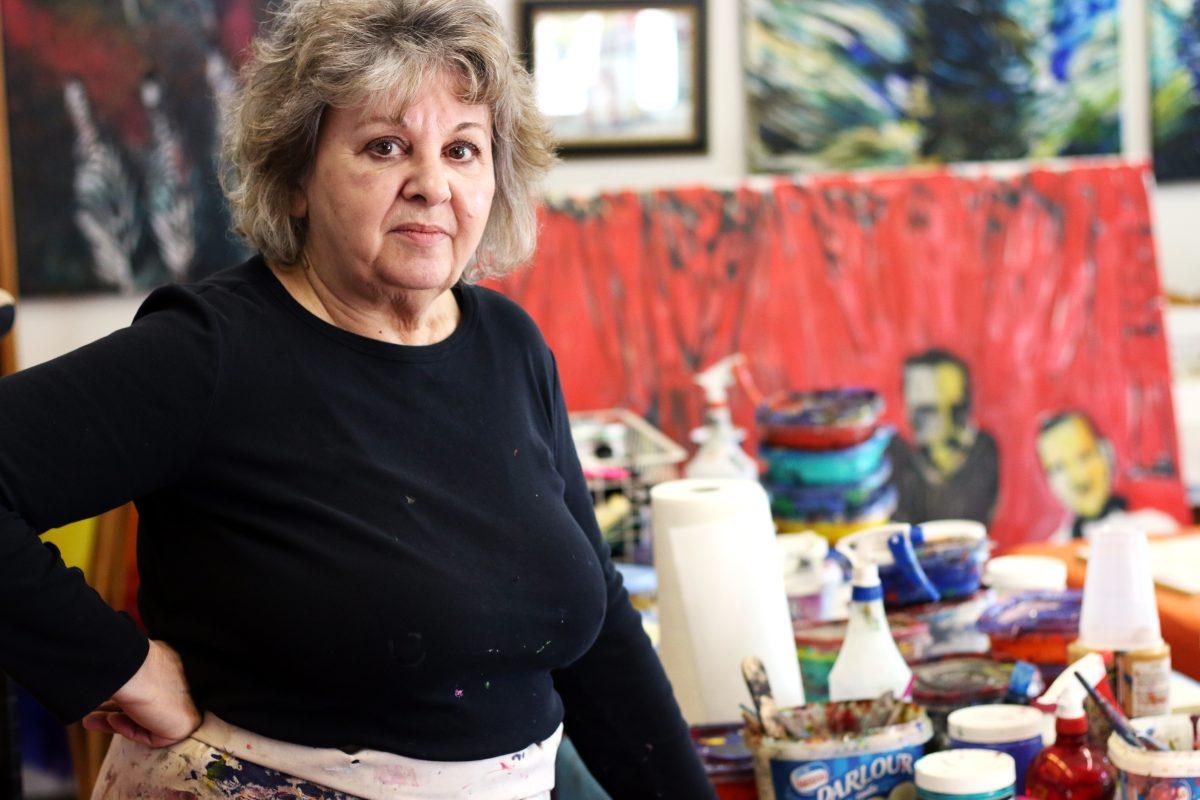
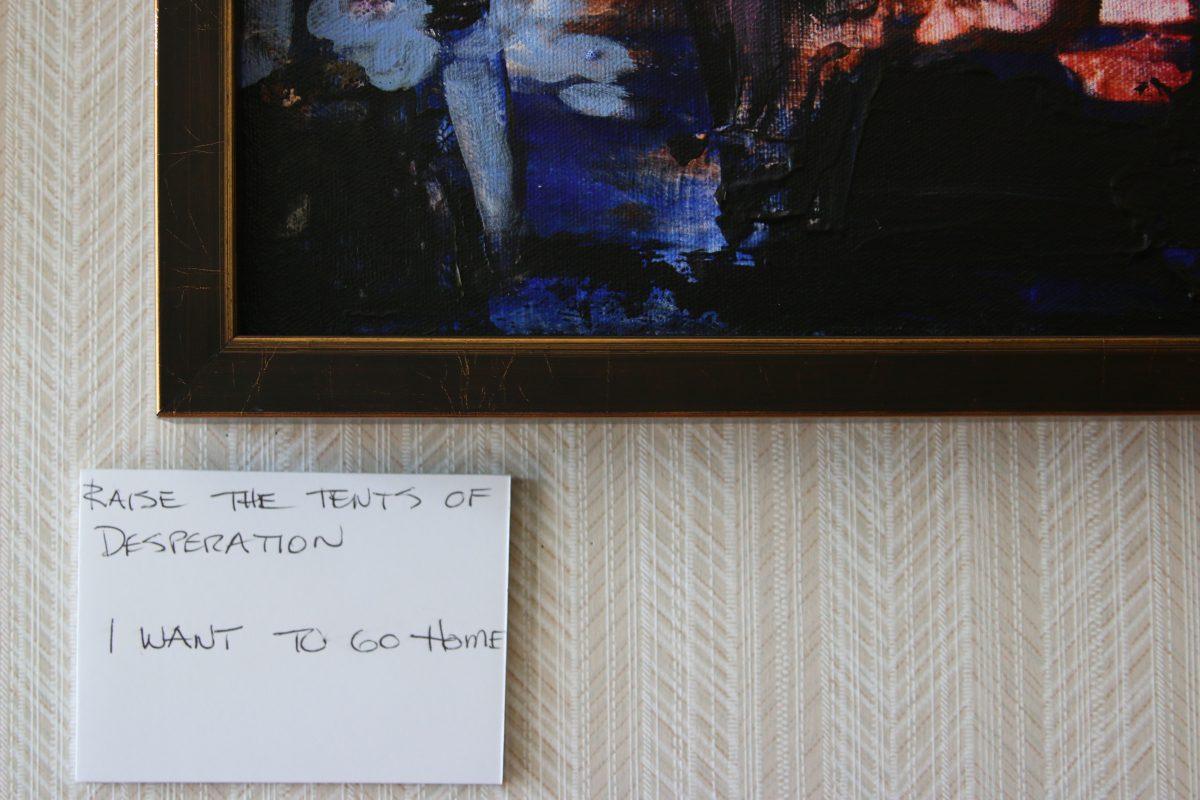
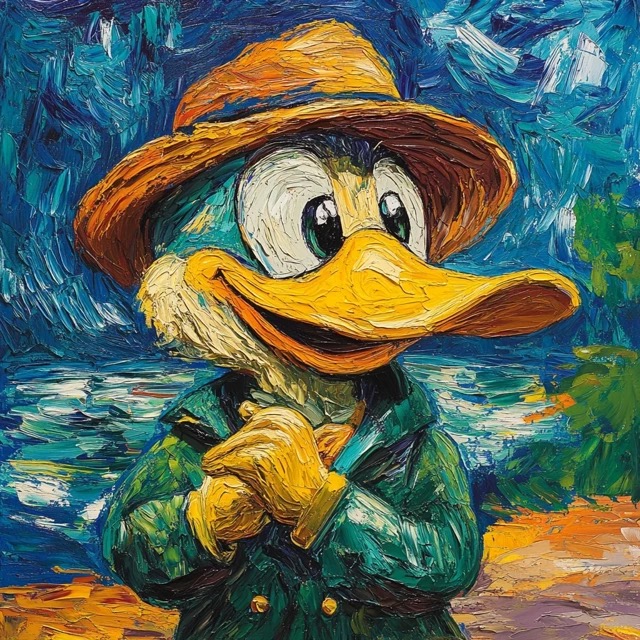


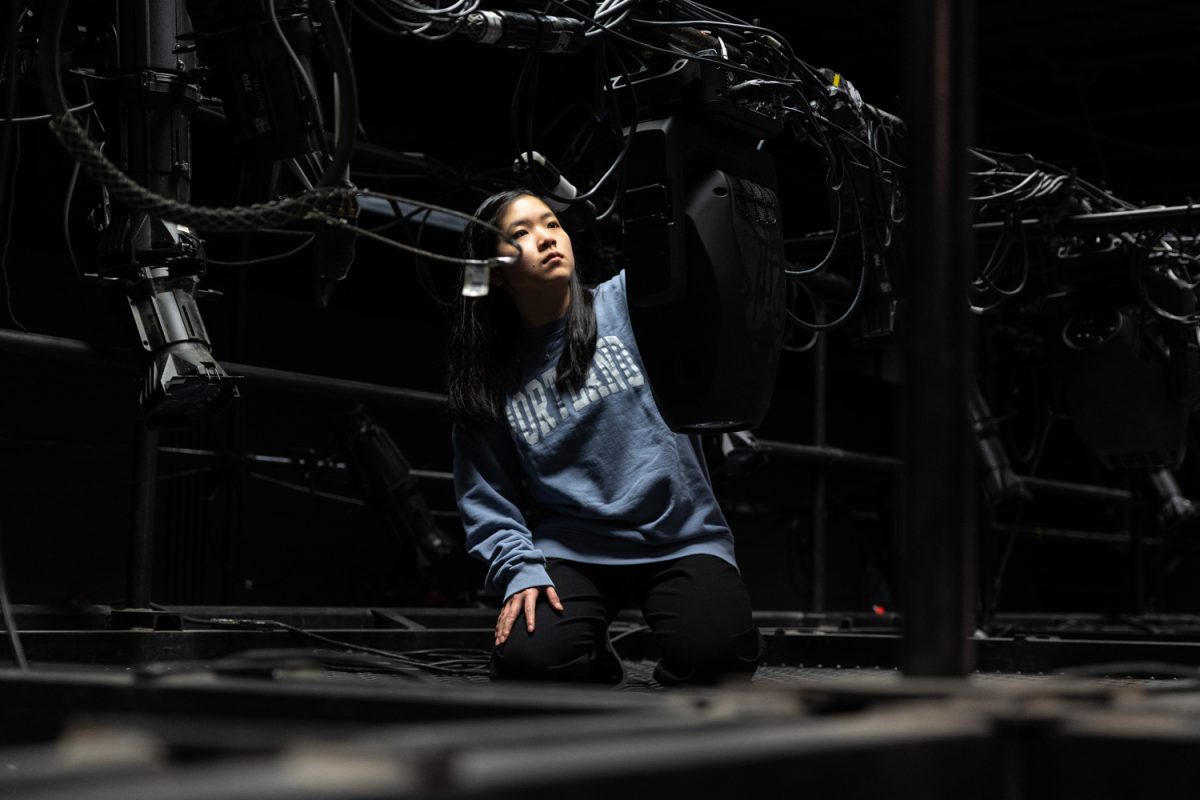
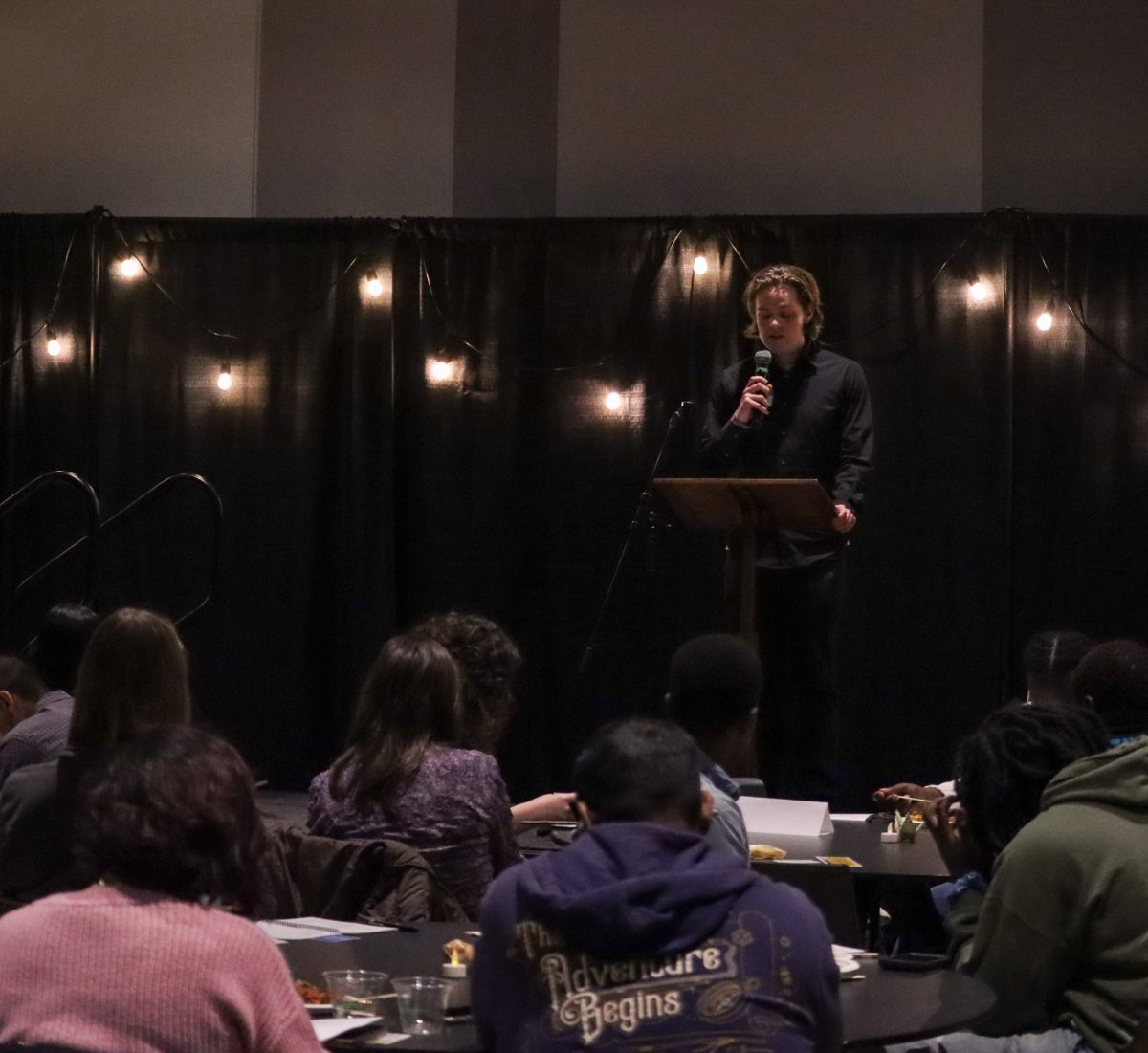
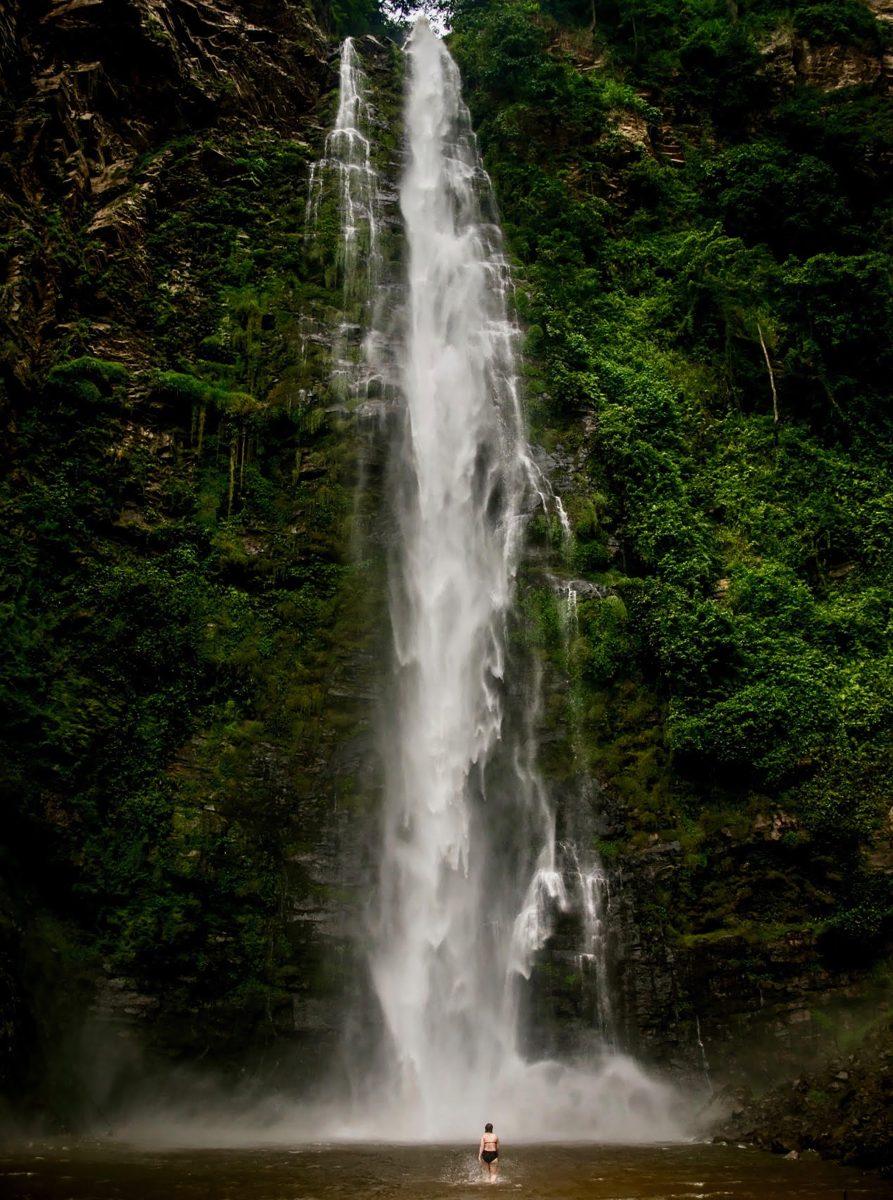
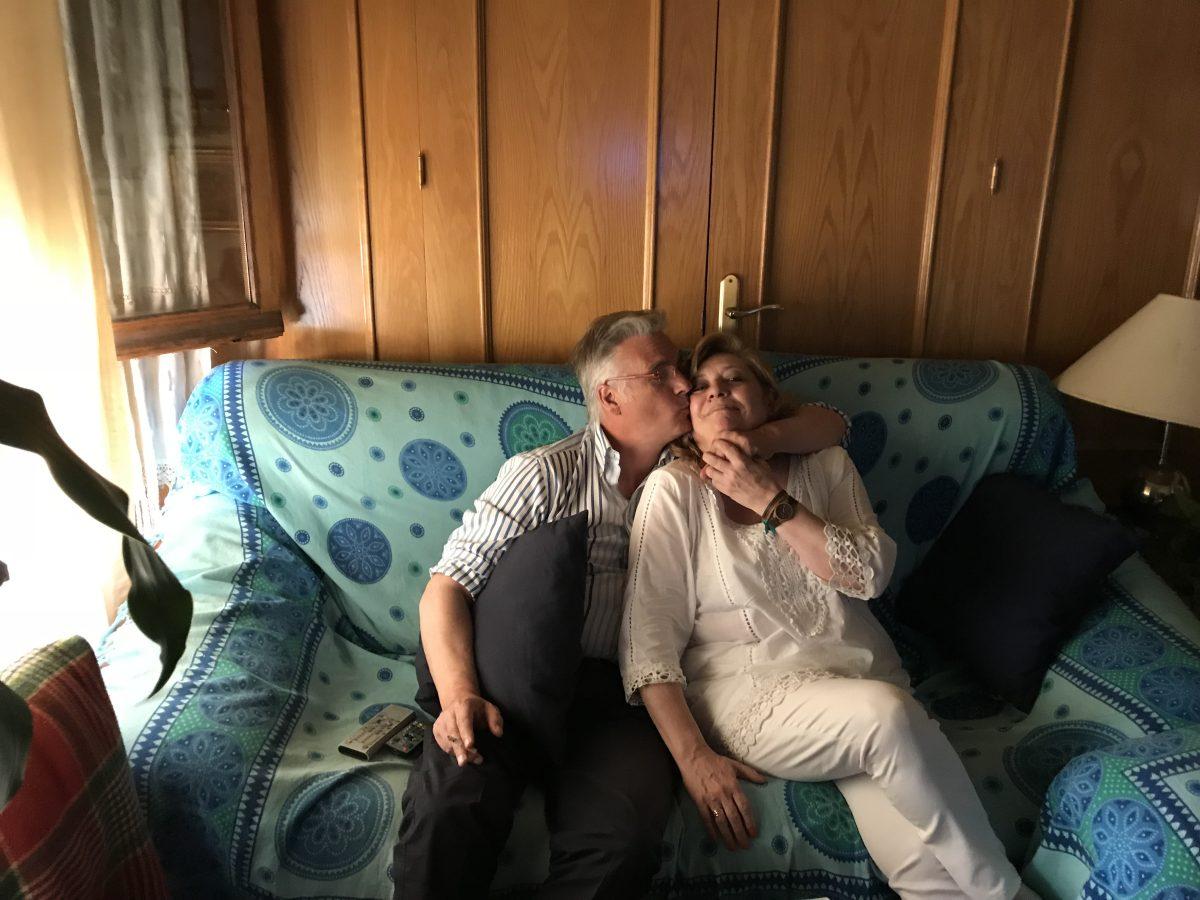

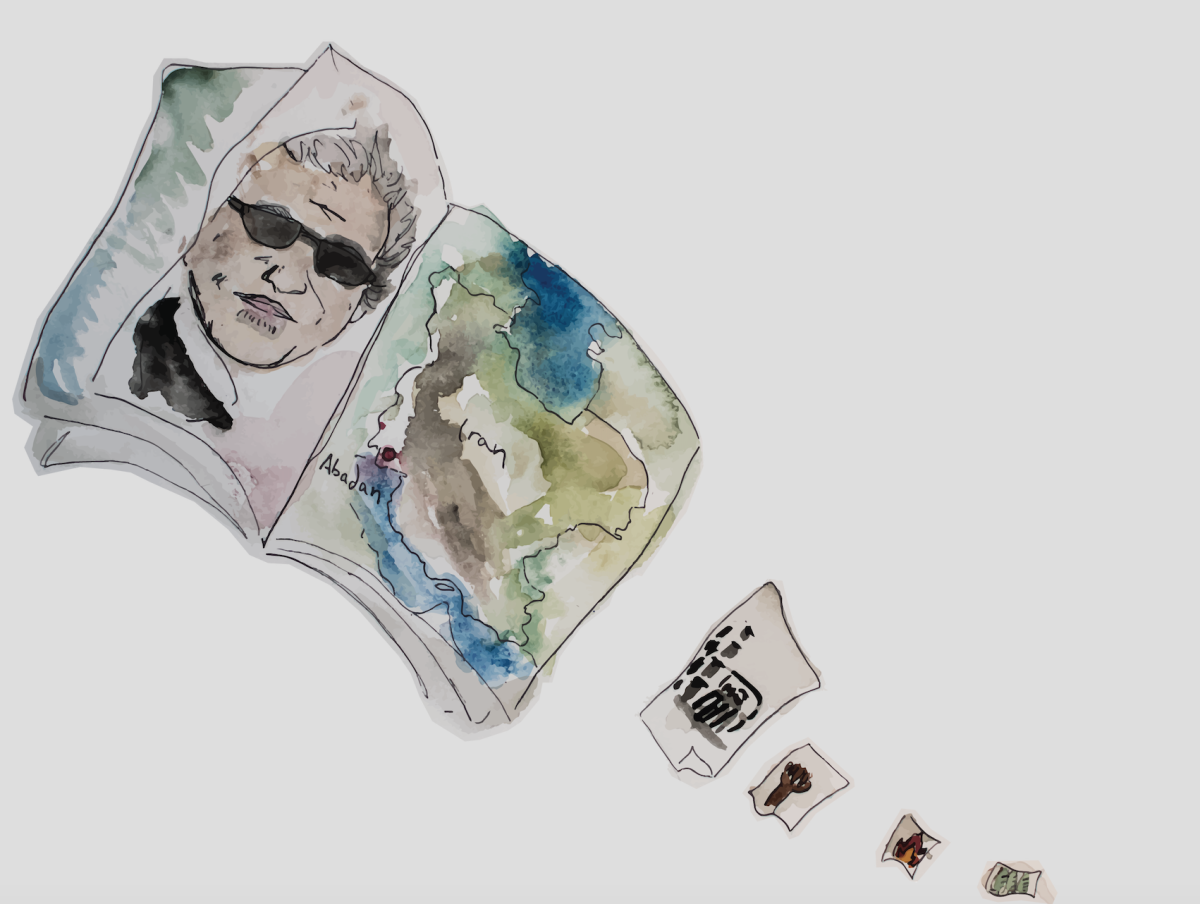



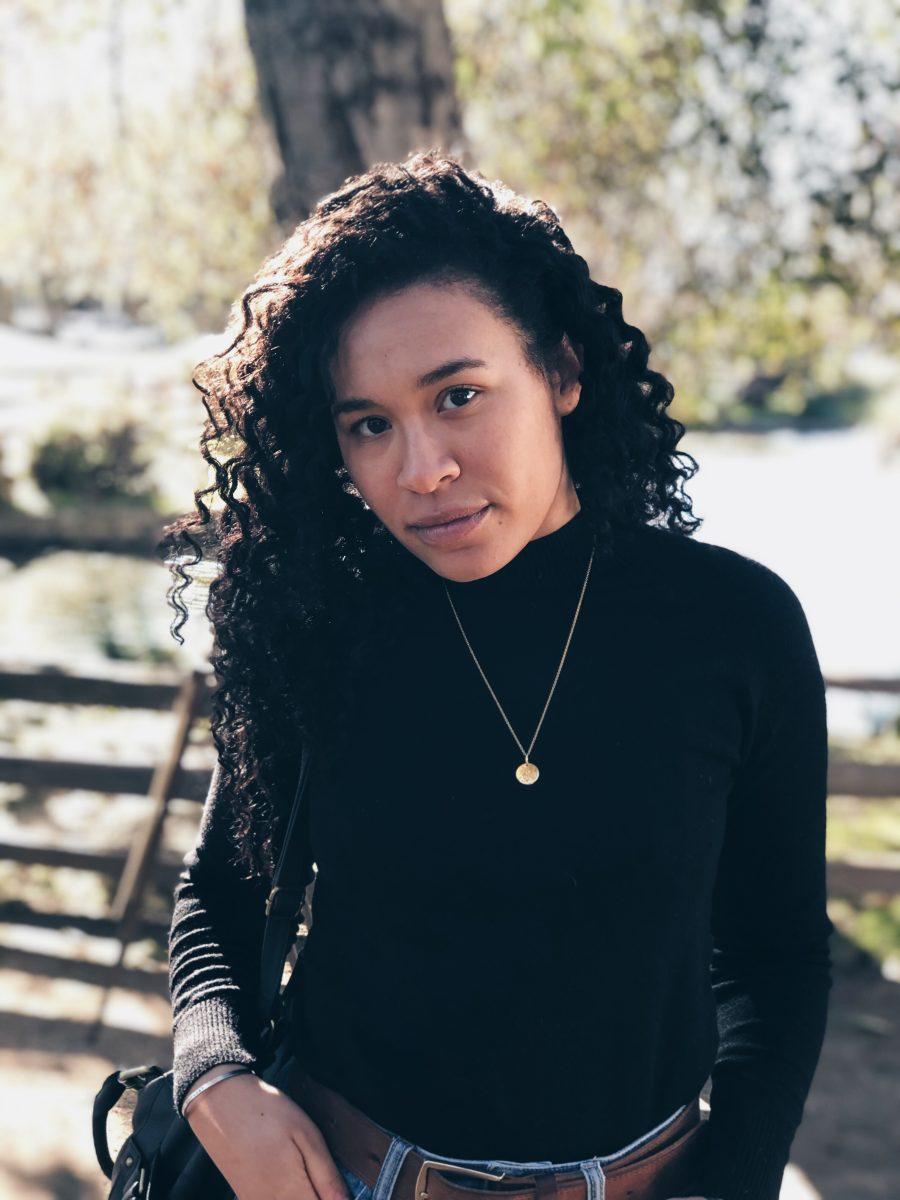
![Words | Renata S. Geraldo Art | Maddy Wignall   Sex trafficking takes on many different forms. Women from poor families fall victim and are kidnapped or sold into prostitution. In the United States, prostitution and trafficking take a different form. Trafficking happens through coercion and manipulation; a much subtler […]](https://dailyemerald.com/wp-content/uploads/2018/10/8ad948459029f9a809f9628092dca222.png)
